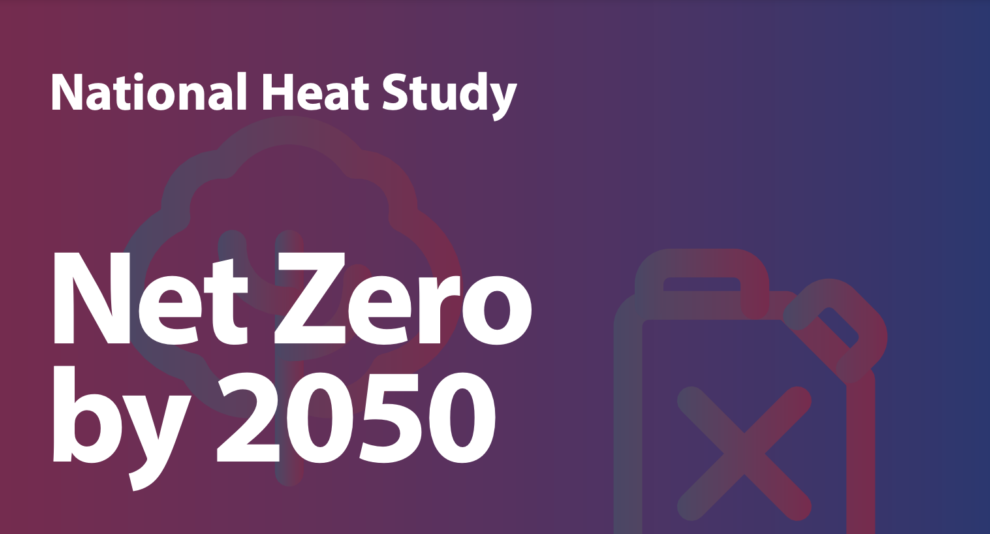<script type="text/javascript"> _linkedin_partner_id = "6415570"; window._linkedin_data_partner_ids = window._linkedin_data_partner_ids || []; window._linkedin_data_partner_ids.push(_linkedin_partner_id); </script><script type="text/javascript"> (function(l) { if (!l){window.lintrk = function(a,b){window.lintrk.q.push([a,b])}; window.lintrk.q=[]} var s = document.getElementsByTagName("script")[0]; var b = document.createElement("script"); b.type = "text/javascript";b.async = true; b.src = "https://snap.licdn.com/li.lms-analytics/insight.min.js"; s.parentNode.insertBefore(b, s);})(window.lintrk); </script> <noscript> <img height="1" width="1" style="display:none;" alt="" src="
×The increase is said to come from the consumption of fossil fuels in homes, businesses and indirectly from the use of electricity. Despite homes and businesses taking advantage of government grants, the emissions from heating continue to rise, they are up 12% from 2014.
Heat pumps are widely used to decarbonise space and water heating in buildings and low-temperature heat at industrial sites.
SEAI’s analysis suggests it could provide as much as around 50% of building heating demand in Ireland.
The ‘fabric-first’ principle, is not guaranteed to be consistent with the rapid decarbonisation needed to meet the goals of the Climate Action Legislation.
Between 7%-17% of heat demand should be supplied by bioenergy by 2030 and a similar proportion in 2050.
The potential hydrogen resource is much greater than Ireland’s heat demand. However, it is unlikely to be commercially available at scale until the 2030s, whereas electrification technologies are available now.
The analysis shows that electricity use for heating has a prominent and increasing role in all the scenarios examined. Delivery of renewable capacity and supporting grid flexibility must stay ahead of demand growth to realise the benefits of emissions savings from this demand-side electrification of heat.
The results indicate some consumers are likely to choose fossil fuel technologies, even with high carbon and fossil fuel prices. The following fossil fuel phase-out dates have been estimated based on technology lifetimes and other assumptions.
• No new fossil fuel appliances can be installed in buildings post-2035 if net-zero heating emission is to be reached by 2050.
• For industry, given longer technology lifetimes, this timeframe would either need to be sooner (approx. 2025), or else unabated fossil fuel technologies will need to be retired before the end of their useful life.
IN2 have been working on projects delivering on NZEB standards as early as 2015 for new builds as well as retrofitting existing buildings.
As outlined in the report Heat Pumps are the most cost-effective decarbonisation choice based on a lifetime cost basis. IN2 have considerable experience in retrofitting buildings which have previously relied on gas and oil to this sustainable choice of electric heat pumps as well as implementing this into our MEP designs for new builds. According to the report heat pumps should supply 12-20% of heating demand in 2030 and 33-38% in 2050.
IN2 also have considerable experience on designing district heating strategies, the report states the large-scale deployment of district heating will make significant contributions to the CO2 reduction trends. It’s also been reported that this networked heat energy could meet approximately 50% of the building heat demand in Ireland.
Furthermore, the deployment of heat pumps and district heating can substantially reduce the distribution grid’s role, working towards the net-zero goal for 2050.

